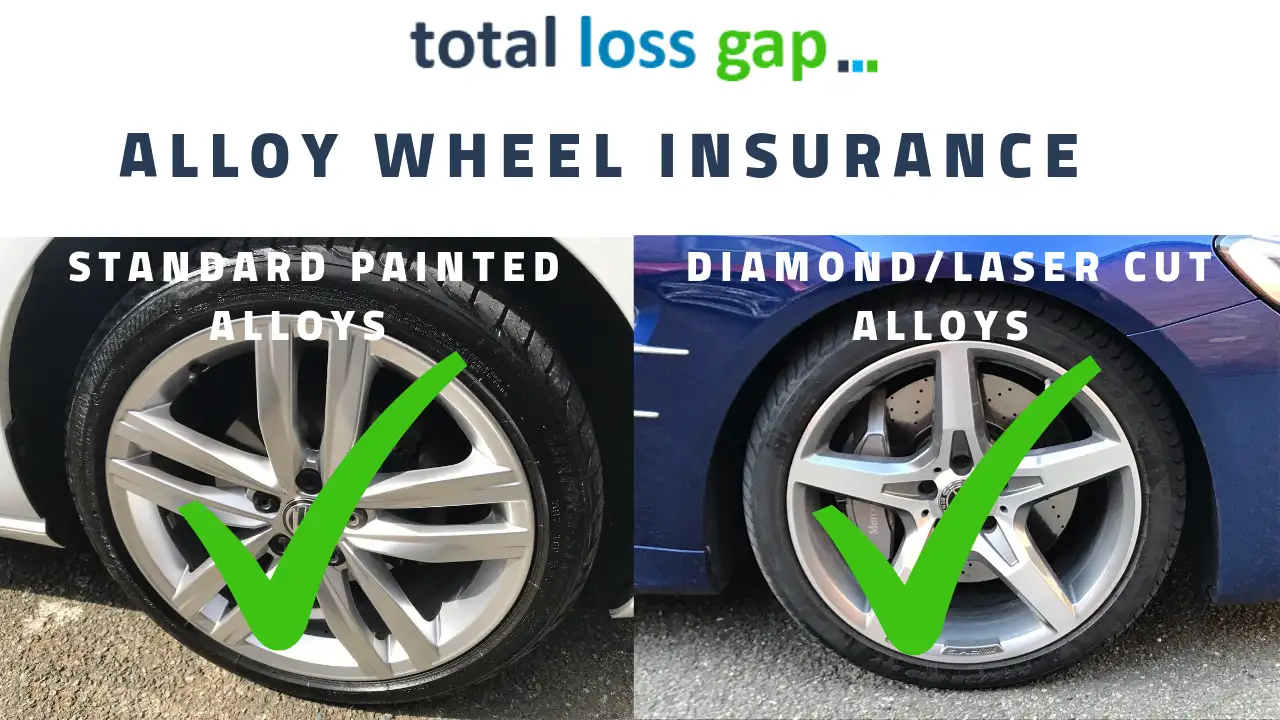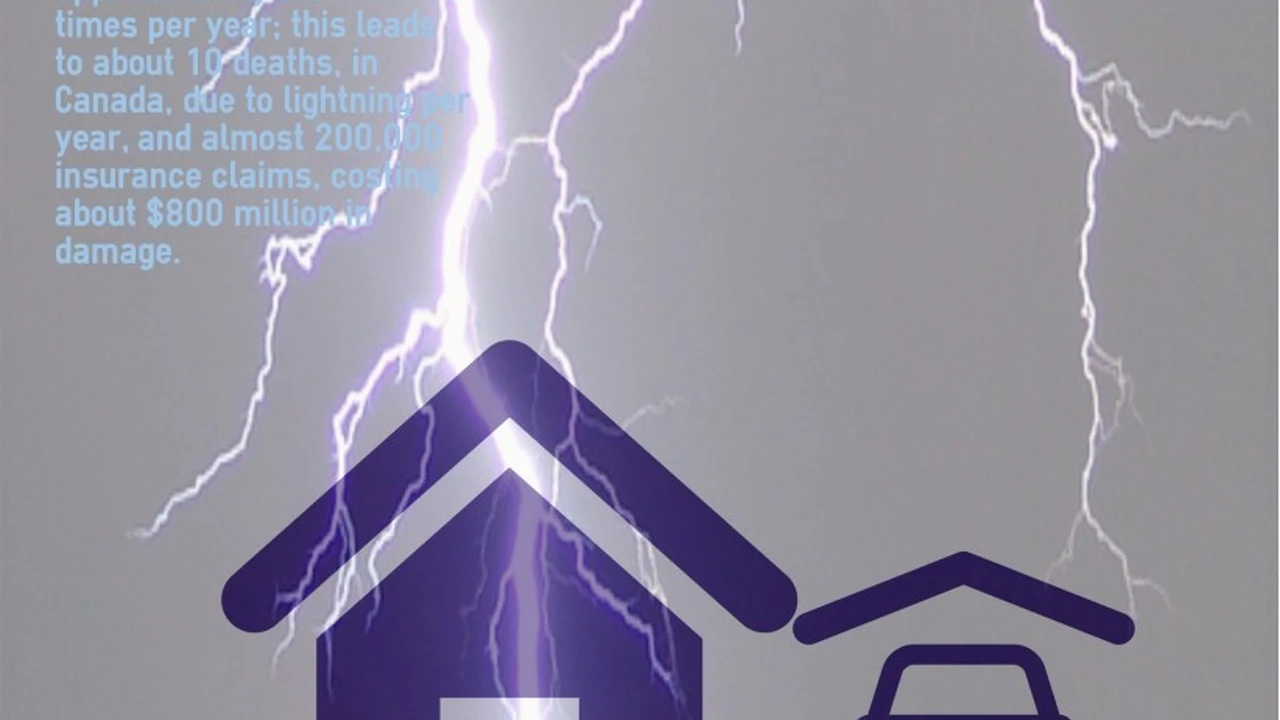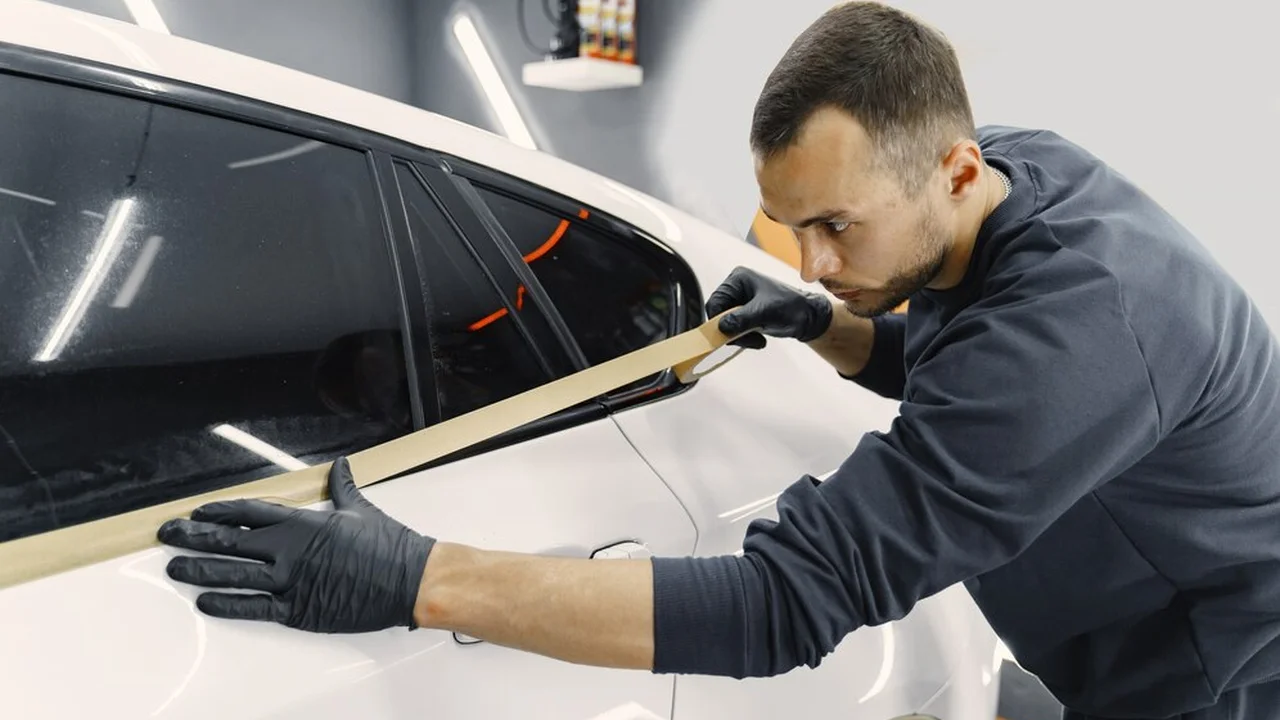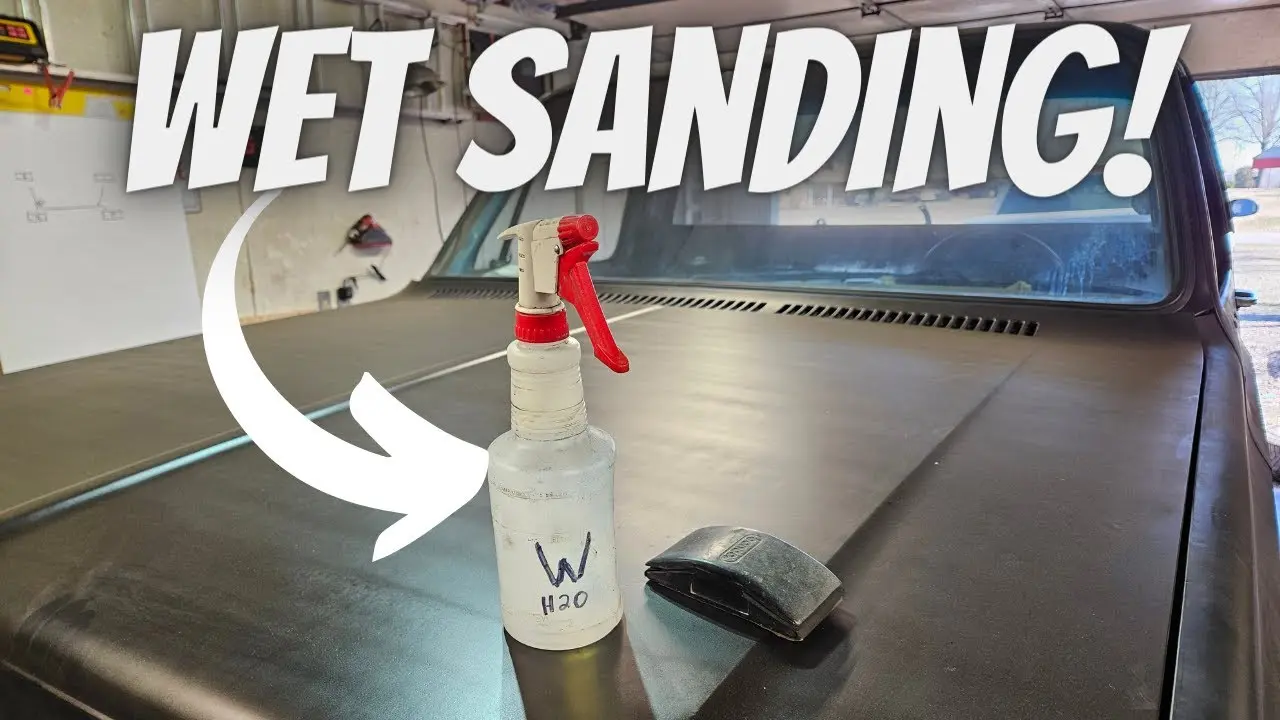Wheel Insurance: Are Your Rims Protected?

Protect your investment with proper wheel insurance coverage. We explore options for insuring aftermarket modifications. Ensure you're covered in case of accidents or damage.
Understanding Wheel Insurance Coverage for Aftermarket Rims
So, you've splurged on some killer aftermarket wheels. They look amazing, they improve performance (maybe!), and they definitely make a statement. But what happens if those beauties get damaged? That’s where wheel insurance comes in. But is it worth it? And what exactly does it cover? Let’s dive in.
Why Consider Wheel Insurance Protecting Your Investment
Let's face it, aftermarket wheels aren't cheap. Depending on the brand, material, and size, you could be looking at a serious chunk of change. Dents, scratches, curb rash – these things happen. And repairing or replacing a damaged wheel can be surprisingly expensive. Wheel insurance offers a safety net, protecting your investment from unexpected costs.
What Does Wheel Insurance Typically Cover Scenarios and Damages
The specifics of wheel insurance policies can vary, but generally, they cover damage caused by:
- Road Hazards: Potholes, debris, nails, and other hazards that can cause bends, cracks, or punctures.
- Accidental Damage: Curb rash from parking mishaps, collisions with objects, and other accidental damage.
- Theft: In some cases, wheel insurance may cover the theft of your wheels, although this is often covered by your comprehensive auto insurance policy.
Different Types of Wheel Insurance Policies and Options
You'll find a few different types of wheel insurance policies:
- Stand-Alone Policies: These are specifically for wheels and tires, and you purchase them separately from your auto insurance.
- Add-Ons to Auto Insurance: Some auto insurance companies offer wheel and tire protection as an add-on to your existing policy.
- Dealer Packages: When you purchase new wheels from a dealership, they may offer a protection package that includes wheel insurance.
Factors Affecting Wheel Insurance Costs What to Expect
The cost of wheel insurance depends on several factors:
- The Value of Your Wheels: More expensive wheels will generally result in higher premiums.
- The Level of Coverage: Policies with more comprehensive coverage will cost more.
- Your Location: Some areas have higher rates of road hazards or theft, which can affect premiums.
- The Deductible: Like other types of insurance, you'll typically have a deductible that you need to pay before the insurance kicks in.
Is Wheel Insurance Worth It Evaluating the Pros and Cons
Whether or not wheel insurance is worth it depends on your individual circumstances.
Pros:
- Peace of Mind: Knowing that you're protected from unexpected repair or replacement costs.
- Cost Savings: If you frequently encounter road hazards or are prone to curb rash, the insurance could save you money in the long run.
- Convenience: Dealing with insurance claims can be easier than finding a reputable repair shop and negotiating prices yourself.
Cons:
- Cost: Premiums can add up over time, especially if you don't file any claims.
- Deductibles: You'll still have to pay a deductible for each claim.
- Limitations: Policies may have limitations on the types of damage covered or the number of claims you can file.
Comparing Wheel Insurance Providers Top Companies and Policies
Here are a few companies that offer wheel insurance or tire and wheel protection:
- Allstate: Offers tire and wheel protection as an add-on to their auto insurance policies.
- SafeGard: Specializes in vehicle protection products, including tire and wheel protection.
- Road Hazard Tire Protection (offered by many tire retailers): When you buy tires from a place like Discount Tire, they often offer a road hazard warranty. This isn't exactly "insurance" but provides similar coverage.
It's crucial to compare policies carefully and read the fine print before making a decision. Look for policies with comprehensive coverage, reasonable deductibles, and a good reputation for customer service.
Specific Wheel Insurance Product Recommendations and Comparisons
Let’s look at a few scenarios and specific product recommendations:
Scenario 1: High-End Forged Wheels - Protecting a Significant Investment
The Situation: You've invested in a set of high-end forged wheels, costing upwards of $5,000. These wheels are not only stylish but also lightweight and performance-oriented. Damage would be a significant financial blow.
Recommendation: A stand-alone wheel insurance policy with a low deductible is highly recommended. Consider a policy specifically designed for aftermarket wheels. Look for coverage that includes road hazard damage, accidental damage (like curb rash), and even theft. Don't skimp on the coverage here; the cost of replacing a forged wheel is substantial.
Example Product: A policy from SafeGard, specifically tailored for aftermarket wheels, might be a good fit. They often offer higher coverage limits and specialized protection for premium rims.
Pricing: Expect to pay around $300-$600 per year for comprehensive coverage on a set of wheels in this price range. The deductible should ideally be under $100.
Scenario 2: Budget-Friendly Alloy Wheels - Minimizing Repair Costs
The Situation: You've upgraded to a set of alloy wheels that are a good value, costing around $1,000. While replacing them wouldn't be devastating, you'd still like to avoid unexpected repair bills.
Recommendation: Consider adding tire and wheel protection to your existing auto insurance policy. This can be a more cost-effective option than a stand-alone policy. Also, explore road hazard warranties offered by tire retailers when you purchase new tires. The coverage may not be as comprehensive as a dedicated wheel insurance policy, but it can provide adequate protection for common road hazards.
Example Product: Check with your current auto insurance provider (e.g., Allstate, State Farm) to see if they offer tire and wheel protection as an add-on. Alternatively, when you buy new tires, ask about the road hazard warranty offered by the retailer (e.g., Discount Tire).
Pricing: Adding tire and wheel protection to your auto insurance might cost an additional $50-$150 per year. A road hazard warranty from a tire retailer could cost around $15-$30 per tire.
Scenario 3: Off-Road Wheels - Protecting Against Rugged Terrain
The Situation: You have a truck or SUV equipped with specialized off-road wheels designed for rugged terrain. These wheels are subjected to rocks, mud, and other challenging conditions.
Recommendation: A robust wheel insurance policy is crucial. Look for coverage that specifically includes damage caused by off-road use. Consider a policy with a lower deductible, as the risk of damage is higher in off-road environments. Also, ensure that the policy covers damage to both the wheel and the tire.
Example Product: Contact a specialized off-road vehicle insurance provider. Some companies offer policies specifically tailored to off-road enthusiasts, with coverage that extends beyond typical on-road hazards.
Pricing: Expect to pay a premium for off-road wheel insurance, potentially in the range of $400-$800 per year, depending on the value of your wheels and the level of coverage.
Filing a Wheel Insurance Claim Step-by-Step Guide
If you need to file a claim, here's what to do:
- Document the Damage: Take photos of the damage to your wheel and the surrounding area.
- Contact Your Insurance Provider: Report the damage to your insurance company as soon as possible.
- Provide Information: Be prepared to provide details about the incident, including the date, time, location, and cause of the damage.
- Get an Estimate: Obtain an estimate from a reputable repair shop.
- Submit the Claim: Submit the estimate and any other required documentation to your insurance company.
- Follow Up: Follow up with your insurance company to ensure that your claim is being processed.
Tips for Maintaining Your Wheels and Preventing Damage
Prevention is always better than cure. Here are some tips for maintaining your wheels and preventing damage:
- Avoid Potholes: Drive carefully and avoid potholes whenever possible.
- Be Careful When Parking: Pay attention when parking to avoid curb rash.
- Keep Your Tires Properly Inflated: Properly inflated tires can help protect your wheels from damage.
- Clean Your Wheels Regularly: Regular cleaning can help prevent corrosion and other damage.
- Use Wheel Protectant: Apply a wheel protectant to help protect your wheels from the elements.
Understanding Exclusions What's Not Covered
Be aware of the exclusions in your wheel insurance policy. Common exclusions may include:
- Pre-Existing Damage: Damage that existed before you purchased the policy.
- Cosmetic Damage: Minor scratches or blemishes that don't affect the wheel's functionality.
- Damage Caused by Negligence: Damage caused by improper maintenance or reckless driving.
:max_bytes(150000):strip_icc()/277019-baked-pork-chops-with-cream-of-mushroom-soup-DDMFS-beauty-4x3-BG-7505-5762b731cf30447d9cbbbbbf387beafa.jpg)





